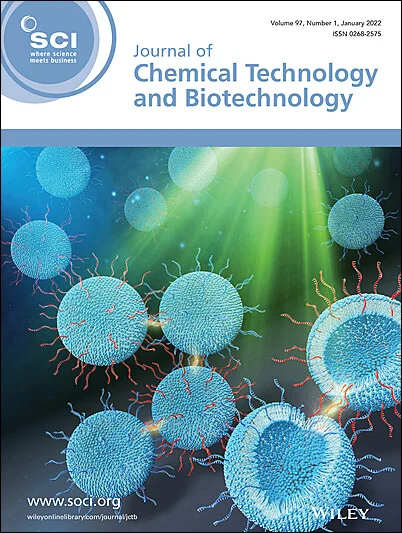Enhancing sustainability and power generation from sewage-driven air-cathode microbial fuel cells through innovative anti-biofouling spacer and biomass-derived anode
Abstract
Background
Recently, the concept of the membrane-less microbial fuel cell (MFC) has gained traction to avoid the high internal resistance that is created upon utilizing conventional membranes. Nevertheless, an overlooked problem arises from the ingress of oxygen from the cathode side into the anolyte solution, fostering the formation of biofilms by aerobic microorganisms on the cathode surface. This biofilm layer poses a formidable impediment, leading to cell disconnection. Moreover, low surface area of conventional anodes is another important issue behind the low power density generation. In this research, a novel approach to circumvent biofilm formation and achieve stable and high-power-density output from MFCs by harnessing a commercial antibacterial spacer is introduced.
Results
Air-cathode, sewage-driven MFCs showed continuous power generation without the need for external microorganisms. Conversely, the absence of the innovative membrane resulted in a catastrophic power breakdown after 125 h of operation due to the formation of a dense biofilm layer on the cathode. Through the utilization of the proposed membrane strategy, stable power density output of 100 ± 8, 135 ± 11 and 142 ± 10 mW m−2 with carbon cloth, carbon paper and carbon felt anodes, respectively, was achieved. Moreover, a novel anode is introduced from graphitization of grape tree branches. The proposed anode could increase the generated power to 516 ± 17 mW m−2 from the sewage-driven air-cathode MFC, more than three times compared to the best conventional anode, carbon felt.
Conclusion
This study provides significant solutions for sustainability, low-performance and high-cost problems of microbial fuel cells. © 2024 Society of Chemical Industry (SCI).

 求助内容:
求助内容: 应助结果提醒方式:
应助结果提醒方式:


